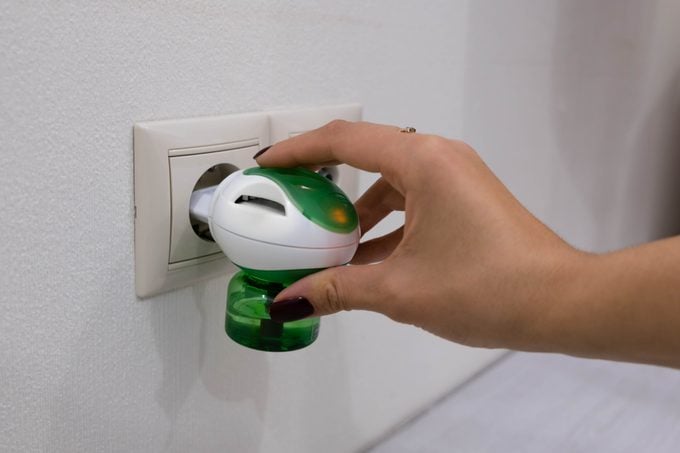What’s the Best Indoor Mosquito Trap?
Updated: Apr. 23, 2023

Thinking about buying an indoor mosquito trap? Not so fast. Here's what you need to know.
Our editors and experts handpick every product we feature. We may earn a commission from your purchases.Learn more.
It’s bad enough dealing with mosquitoes outside all summer long, but that pesky buzz near your ear when you’re enjoying a relaxing evening on the couch can be maddening. Not to mention the itchy red welt mosquitos leave when they bite, no matter how well you cover up.
Maybe you’ve stood before the wall of mosquito traps at Lowe’s, wondering if they’re any good at catching mosquitoes. Should you spend $20, $30 or even $50 on a commercial trap? I spoke with Daniel Markowski, Ph.D., a technical advisor for the American Mosquito Control Association to learn about the best indoor options for controlling mosquitoes.
On This Page
Can I Buy an Indoor Mosquito Trap?
Yes, but it’s important to understand their limitations.
According to Markowski, indoor mosquito traps don’t work well. That’s because most use an ultraviolet (UV) light to lure them in. The problem: Mosquitos aren’t attracted to UV light. Any mosquitoes that wander into a trap do so mainly by chance.
But what about your outdoor bug zapper? Those use UV light — aren’t they killing mosquitoes? Not really. “Bug zappers attract all the moths and butterflies and all sorts of good bugs,” Markowski says.
The University of Delaware found in 1996 that of all the bugs killed in zappers, only 0.22% were mosquitoes and biting flies. More recent studies at the University of Notre Dame put the percentages at 4.1% and 6.4% over an entire season.
What About Mosquito Bait?

So, what are mosquitoes attracted to?
Female mosquitoes — the only ones that bite — have receptors that detect carbon dioxide (CO2) that we exhale, as well as body odors we give off. Do they make indoor mosquito traps that use CO2 or odor attractants? Yes. Do they work? Again, not really.
“Some traps will have a source of CO2 or an odor packet that they’ll put with it to help attract mosquitoes,” Markowski says, “and that’s better than something that’s just reliant on UV light.”
Ultimately though, these enticements can’t compete with the real deal: you. Mosquitoes can choose between a trap with a little chemical attractant and CO2, or a breathing, blood-pumping body that gives off heat and all the good things mosquitoes want. No contest.
“It’s very difficult to outcompete,” Markowski says.
Indoor Mosquito Prevention
Despite the dubious claims of indoor mosquito trap manufacturers, Markowski says you’re not out of options. As with most things, prevention is key. Keep windows and doors tightly closed, and seal up and mend any loose frames or screens.
Mosquitoes like to rest on the door frames and exterior walls of your home. Then when you let the dog out, they fly in. Markowski says treating the entry points with a residual pesticide can keep mosquitoes from entering.
“I treat around the doorway and the ceiling of the front porch with a barrier-type spray,” Markowski says. “As mosquitoes come into that shaded area to rest, it knocks them down before they could ever fly into the home.”
Whatever you do, don’t spray your entire yard. It’s bad for pollinators like bees, and it won’t have any effect on the indoor mosquito population. “You’re not trying to kill every mosquito out there,” Markowski says. “You’re just trying to prevent them from coming in your home.”
If a few mosquitoes do manage to get inside, Markowski says the one trap that can work is flypaper. It won’t lure mosquitoes or target them in any way. But if you hang them by the door, you may catch a few stragglers who happen to bump into it. It’s a cheap, non-chemical alternative to expensive traps, and Markowski says it’s probably going to work about as well.




















